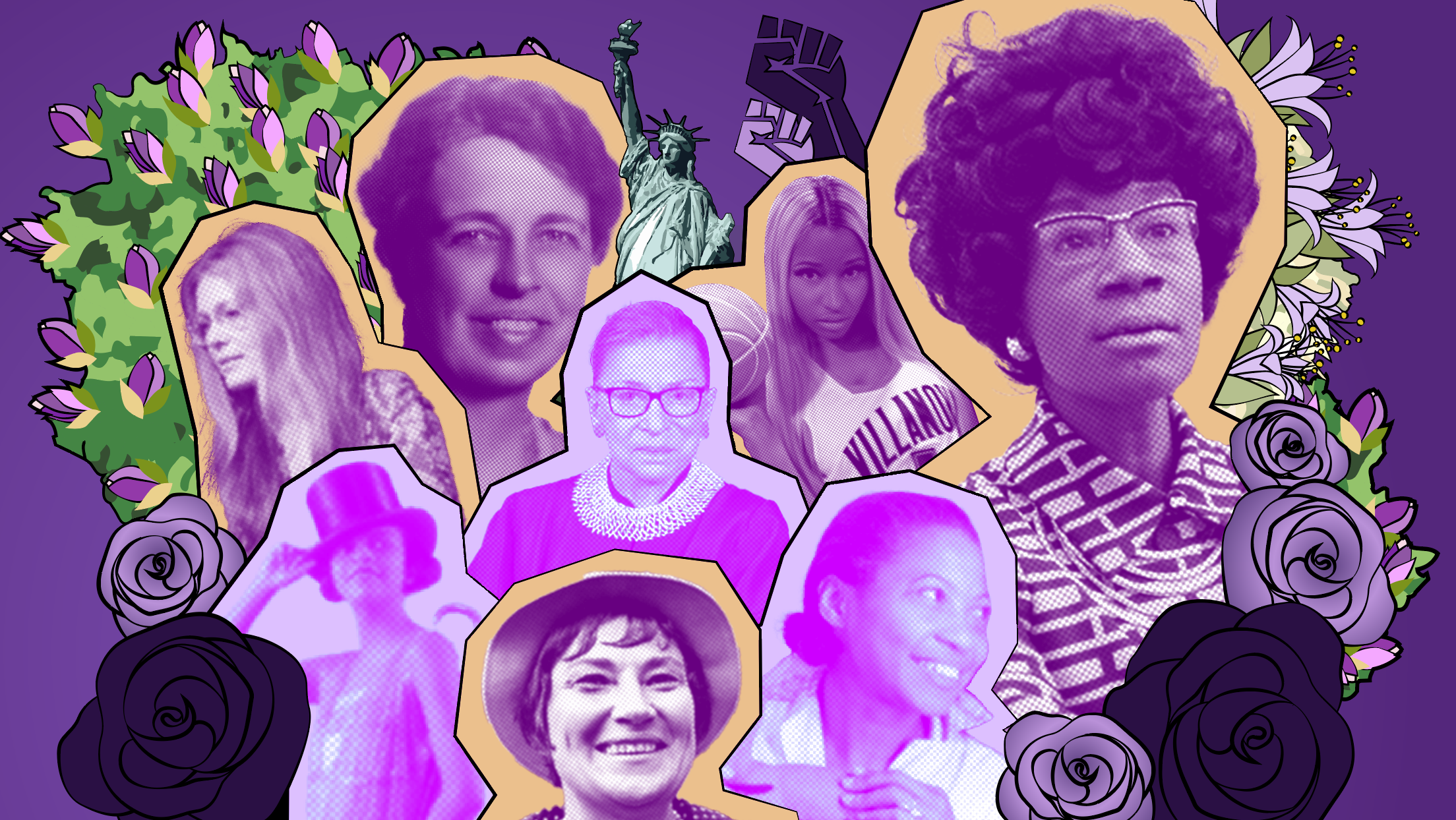As the house lights came down and the curtains opened, a wave of cheers rolled across the theater before the dancers even began to move. Whirling rays of light illuminated sculptural silhouettes of glitter clad bodies. This was the New York premiere of “Star Dust,” a spirited tribute to David Bowie by contemporary ballet company, Complexions, in their 23rd season at the Joyce Theater in Chelsea.
In the fall, choreographer Nia Love will be teaching the Lang dance concentration’s “Contemporary Dance Practices, Continued” course with an emphasis on practices from the African Diaspora at Lang. Though it is often said that traditional technique and choreographic exploration are competing concepts, professors at Lang such as Nia Love and Ishmael Houston-Jones have put pressure on these ideas to acknowledge the dissonance in that assumption.
Historically, ballet has been extremely euro-centric. Only in 2015 did Misty Copeland become the first female African American principal at American Ballet Theatre. But that’s beginning to change through efforts made by contemporary dance companies like Complexions and the dance program here at Eugene Lang College, where choreographers are attempting to utilize the power of diversity in the artform.
Complexions creative directors and choreographers, Dwight Rhoden and Desmond Richardson, formed the company in 1994 in an attempt to bring ballet and diversity to the forefront of the dance industry. In a Jan 2017 Huffington Post piece, Richardson described their style as being “very indicative of classicism and classical ballet where you have to have form, but not be so held by the form that you cannot explore other genres of dance,” Both are former Alvin Ailey American Dance Theater principles and Richardson himself made history as the first African American principal dancer at American Ballet Theatre in 1997.
Neil Greenberg, Dance Program Director at Lang, said the professors “talk a lot about this in terms of curriculum.” The program encourages students to be adventurous with their choreography rather than following the technique-heavy conservatory method. Greenberg said they “inherited a program that was conventional in its eurocentrism” and are “working to dismantle that.”
Students in the Lang dance program used to be told to take certain classes like classical ballet and “American” modern dance in the style of Paul Taylor and Martha Graham. But now, students are brought through a “pedagogy of exploration,” according to Greenberg.
Since fall of 2014, acceptance to the Dance major at Lang no longer requires an audition, something that is required at other schools. Danielle Goldman, Dance Program Director at Lang, said the program has moved away from “one calibration of virtuosity” and must recognize many different kinds of movement backgrounds.
But diversity is more than skin deep. Traditional ballet companies celebrate uniformity, though some contemporary companies like Complexions are challenging this expectation by curating line-ups of bodies tall, short, brawny, slender and tattooed, valuing each dancer for their individuality.
Bowie’s saxophone lines in “Star Dust” are perfectly suited to be mirrored by jazz tinged ballet movements, structured yet slightly off-kilter. The choreography itself is very energetic. Beads of sweat were flying from the dancers bodies (and occasionally onto those in the first row). Certain movements repeat themselves throughout; a running start, sliding across the floor, a cheeky shake of the hips and then back into a clean pirouette or dégagé. The movements showcase the dancers’ physiques with both buoyancy and athleticism. The work even featured two moments unconventional for ballet in which a male danced en pointe dressed as Ziggy Stardust followed by a passionate pas de deux between two men.
Modern dance is often considered an American creation, despite the fact that much of what is considered modern dance is heavily influenced by African dance practices, which have largely been hidden by the form’s luminaries who have mostly been white, according to Dance Magazine.
Mariama Noguera-Devers, a senior and Dance/Global Studies double major at Lang, said she has discovered a profound connection between her dance and academic studies. Her interests have been “rooted in social justice” and for Noguera-Devers, dance is a “vessel for discussing these difficult issues.” She said she appreciates that dance and physical performance at Lang is analyzed critically, providing her with a lens for looking at global issues and thinking more creatively.
Greenberg pointed out that although jazz, musical theater and modern dance are routinely referred to as three performance techniques that are considered “American,” none are without influence from other parts of the world. Alvin Ailey was known for embracing his African-American culture through dance and said he was “trying to hold up a mirror to society so that people could see how beautiful they are.”
Graphic by Alexandra Gilbeaux







